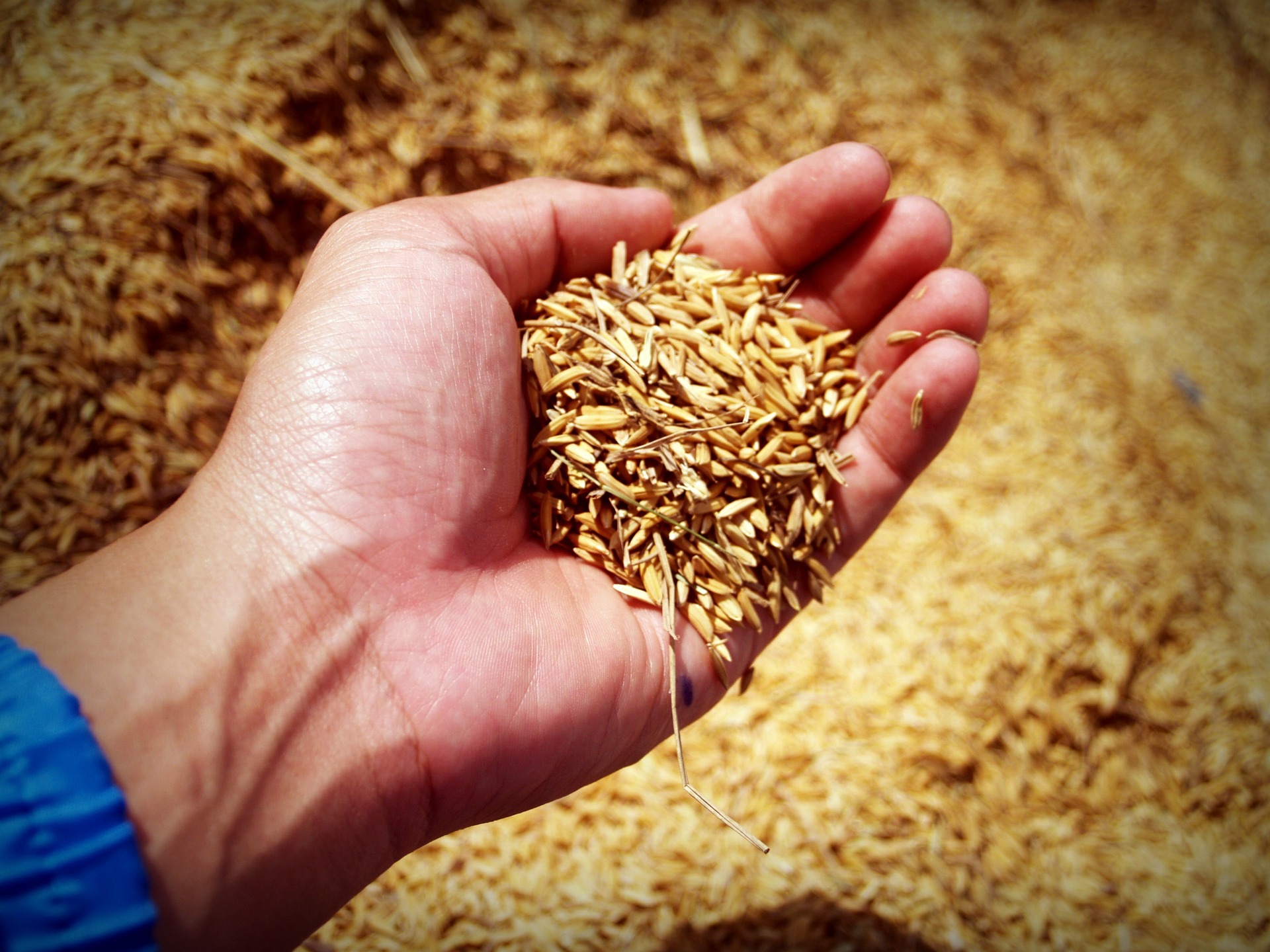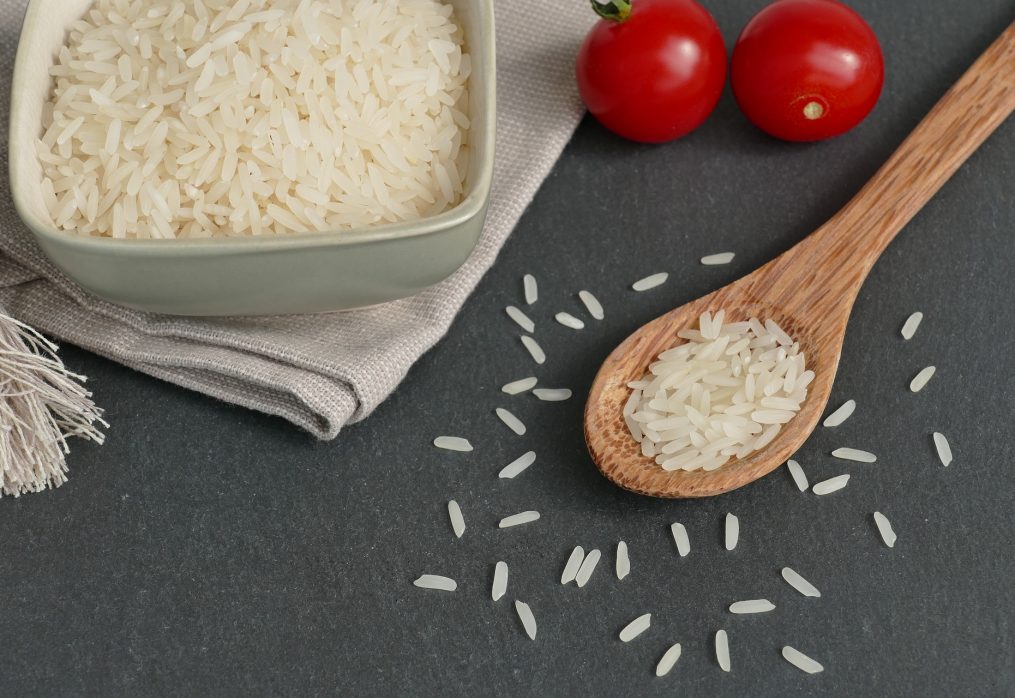Scientists from China have shortened the period of rice cultivation
The experiment in China almost halved the time it takes to grow rice
Chinese scientists from the National Research Institute and Academy of Agricultural Sciences conducted an experiment to find new methods of increasing yields. As a result, the authors of the project managed to shorten the period of rice cultivation. Scientists hope that their development will improve performance in the agricultural industry.
For the experiment, special conditions were created, which included only artificial lighting. The source was an LED, which regulated the brightness of the light depending on the growth stages of the plant. Rice species with short stems, which can be used for multilevel cultivation, were chosen for the study. The culture was placed in four-tiered racks with a nutrient solution, and the substances necessary for the complete formation of the culture were automatically supplied. The other important characteristics were also adjusted according to the needs of the sprouts — temperature, humidity, carbon dioxide levels, and others. All conditions were thought of in terms of providing the optimal environment for the full maturation of the crop. At the end of the experiment, scientists got an excellent result — the period of rice cultivation was almost halved. If in ordinary field conditions the crop matures in about 120 days, in the laboratory it takes just over 60 days to complete the cycle. A total of 6 low-growing varieties were selected for the experiment, and two of them showed higher yield potential than the others. In these varieties, the earing stage began on day 45 after planting and the crop matured on day 63. One plant had 89 shoots and the yield per square meter of rack was 0.98 kg. This figure in the field is comparable to 9,750 kg per hectare.
A total of 6 low-growing varieties were selected for the experiment, and two of them showed higher yield potential than the others. In these varieties, the earing stage began on day 45 after planting and the crop matured on day 63. One plant had 89 shoots and the yield per square meter of rack was 0.98 kg. This figure in the field is comparable to 9,750 kg per hectare.
The scientists’ project is important for the development of the agricultural industry; it will increase rice production by harvesting several crops per season. In addition, the experiment highlights the need for breeding transformations of varieties so that they have a shorter ripening cycle. Conventional methods allow only 1-2 generations per year, and even when greenhouse conditions are used, it is not possible to raise yields above 2-3 harvests. The situation is similar in tropical regions. However, the new discovery will provide the basis for developing an innovative approach that will increase productivity. Scientists claim that using certain approaches it is possible to obtain 6 crop generations per year. Moreover, with the improvement of breeding processes, this figure can be increased up to 10.
Chinese scientists are not going to stop only at rice. In the future, they plan to expand their research to other crops. The second stage of their work will be to set up a plant factory and create the ideal conditions for increasing yields.
